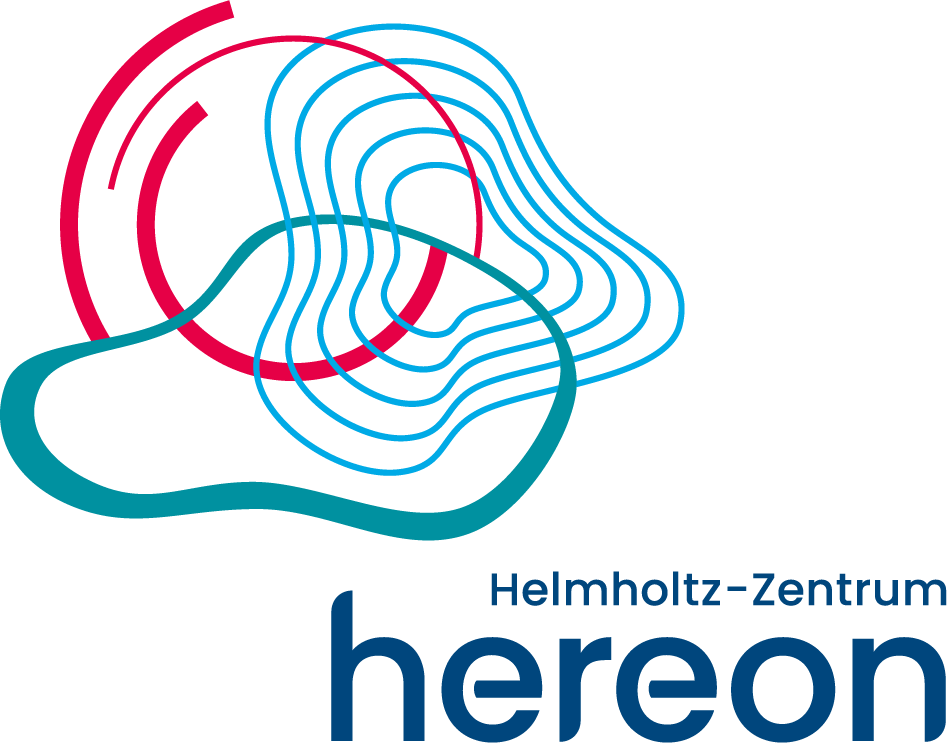MLZ is a cooperation between:
 > Technische Universität München
> Technische Universität München > Helmholtz-Zentrum Hereon
> Helmholtz-Zentrum Hereon
 > Forschungszentrum Jülich
> Forschungszentrum Jülich
MLZ is a member of:
 > LENS
> LENS > ERF-AISBL
> ERF-AISBL
MLZ on social media:

MLZ (eng)
Lichtenbergstr.1
85748 Garching
26.05.2025
Tensile strength and precision: An internship at the MLZ
Research at the neutron tomography facility ANTARES, precision work in forming technology, or the construction of neutron guides – the diversity at the Heinz Maier-Leibnitz Centre (MLZ) is immense. Two school students had the chance to experience this first-hand during their internship at the MLZ. Alongside their own project on developing more energy-efficient electric motors, they gained exciting insights into many areas of the MLZ and its partners.
Electric motors are playing an increasingly important role. But how can they be made more powerful and efficient? This is what Year 9 pupils Marvin Klyscz from the Realschule an der Blutenburg in Munich and Sebastian Riedel from the Max-Planck Grammar School in Munich set out to discover during a one-week work experience placement at the Heinz Maier-Leibnitz Centre (MLZ) in Garching.
Stamping as the Key to Higher-Power Electric Motors
“We compared a reference sample – electrical steel (a type of steel) without stamping – to a stamped sheet using a tensile testing machine, plotted it on a diagram, and analysed the results,” explains 14-year-old Marvin. A sinusoidal magnetic field is applied to the steel sheet, and its magnetic properties are measured using a coil. The stamped sheet shows weaker magnetic properties, as the stamp acts as a barrier to magnetic flux. This resulting flux steering is needed for developing new types of electric motors with higher speed and power density. While only global effects could be measured during the internship, neutron imaging can spatially resolve and analyse this flux steering.
A Moment of Tension
As tensile force increases, the steel may tear. “Please put on your safety goggles now – and don’t be startled, the noise when the steel tears can be quite loud!” their supervisor Dr Tobias Neuwirth warns. The tensile testing machine pulls in small, then increasingly larger steps – but nothing happens: no bang, no break. “Oh, I must have remembered that wrong,” Tobias admits with a smile. Due to the length and properties of the sheet, it would only tear after more than 100 mm, which is beyond the machine’s travel range. In the end, the sheets stretched several millimetres – an impressive demonstration of their strength. In an actual motor, such deformation must not occur, as it would cause self-destruction.
Tobias isn’t about to let that go: the next day, perforated electrical steel sheets are successfully torn. The perforations reflect the industry standard for enabling magnetic flux steering in motors. The pupils even get to create the samples themselves using one of the industrial stamping presses of the project partner, the Chair of Forming Technology and Foundry Engineering (utg).

Sebastian scores the borosilicate glass with a glasscutter – clearly showing the difference to window glass. © Elena Huber, FRM II/ TUM
Insight into the World of Applied Physics
For the two students, the internship was an exciting extension of the usual physics lessons. Both are in the science track at their schools and have a keen interest in physics. They found out about the internship through personal contacts. From nuclear fission and reactor design to individual instruments – they learned a lot they hadn’t encountered before and proudly displayed their engraved keychains. “There are really thousands of possibilities here at the MLZ! I really enjoy hands-on work and could imagine working on neutron guide construction,” says 15-year-old Sebastian.
Neutron Guides: From Glass to Precision
They also visit a workshop at the FRM II, where neutron guides are produced with meticulous handcraft. Dr Peter Link guided them through the workshop and explained the difference between window glass and the much stronger borosilicate glass used for neutron guides. They experienced for themselves that while glass withstands pressure well, it has low tensile strength – a key consideration in neutron guide construction. Marvin had been paying close attention and knew why the guides are slightly curved: “So that only cold, low-energy neutrons reach the target area.” The curvature ensures that low-energy neutrons remain within the guide via total reflection, while high-energy neutrons and gamma radiation escape into the glass.

Tobias explains the experiment with the tensile testing machine to the students in a clear and engaging way. © Elena Huber, FRM II/ TUM
The glass plates are coated with several ultra-thin layers of nickel and titanium (1 nm to 1 µm thick), measured precisely using X-rays. The pupils were astonished: manufacturing a two-metre neutron guide takes two weeks and costs over 25,000 € – and that’s just a fraction of the systems that often span hundreds of metres.
A Sweet Ending
“Tobi had prepared exciting things for us, explained them well, and was really funny. If he thought we hadn’t understood something, he would try to explain it in a different way,” the pupils conclude.
“Tobi also said there’s a surprise for us. He mentioned ice cream and asked if we had a peanut allergy,” Marvin muses. Anyone who knows Tobias a little might already suspect what he’s planning. One thing’s for sure – the boys were in for a fun and delicious surprise!
Related News
-
27.05.2024
Industry cooperation for more efficient electric cars
Science is often criticized for conducting abstract basic research. The way neutron research improves motors for electric cars is demonstrated by a project that will start in spring 2024 between researchers from FRM II, TUM, and RWTH Aachen University in collaboration with automotive supplier Mubea. Read more -
02.04.2020
Embossing instead of cutting: How electric motors can run even more efficiently
One million electric cars are planned to roll on Germany's roads. Although the efficiency of an electric motor is more than twice as high than that of an internal combustion engine, a higher efficiency could save a lot of energy due to the large number of vehicles. Using a new measurement technique, neutrons help to make engines even more efficient. Read more

MLZ is a cooperation between:
 > Technische Universität München
> Technische Universität München > Helmholtz-Zentrum Hereon
> Helmholtz-Zentrum Hereon
 > Forschungszentrum Jülich
> Forschungszentrum Jülich
MLZ is a member of:
 > LENS
> LENS > ERF-AISBL
> ERF-AISBL
MLZ on social media:






